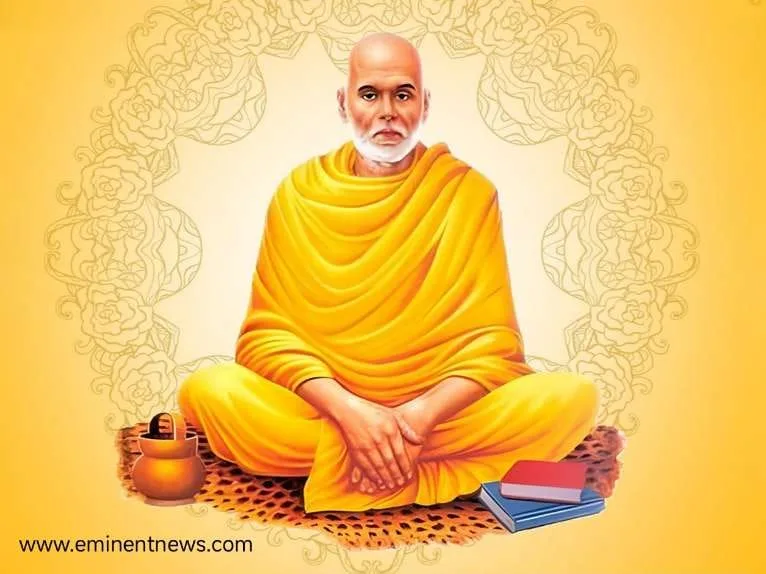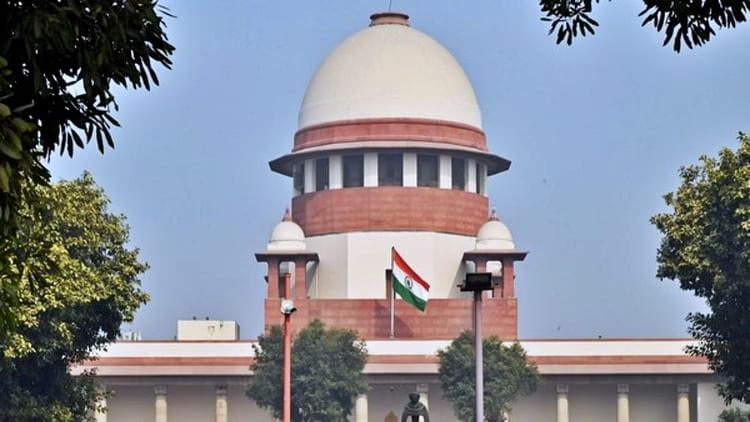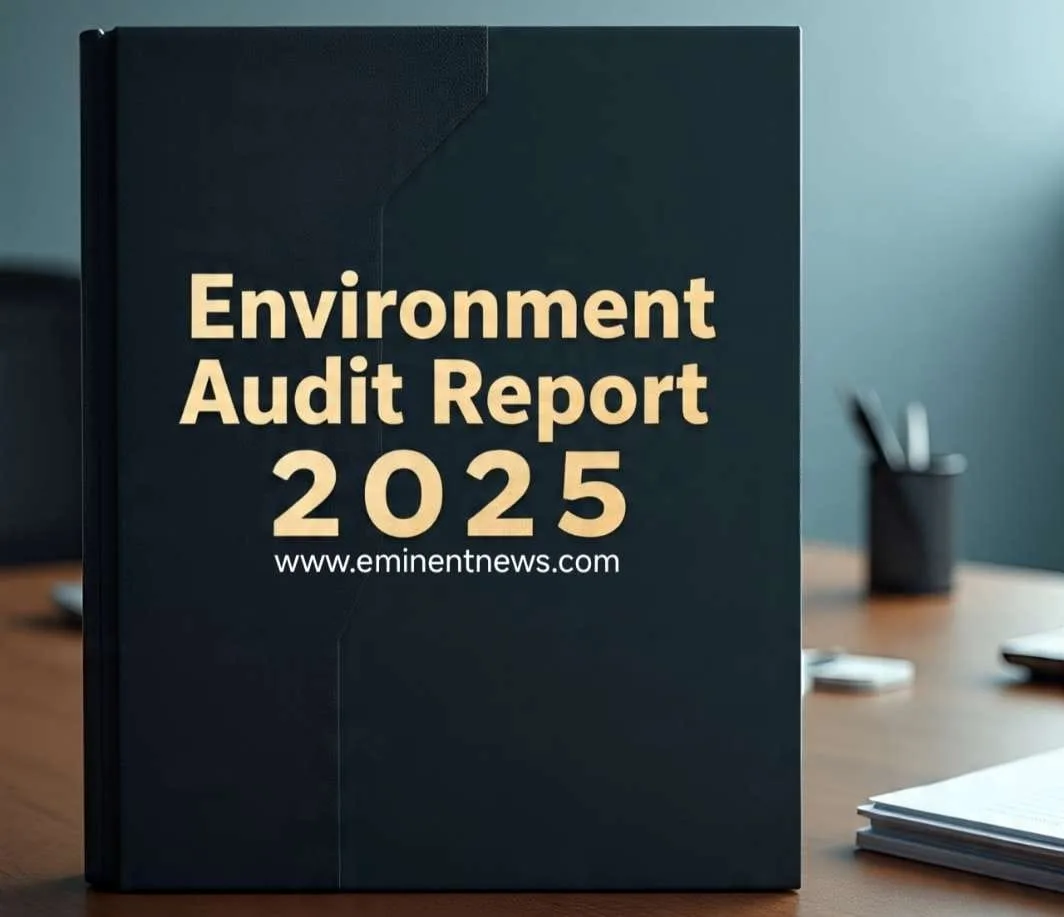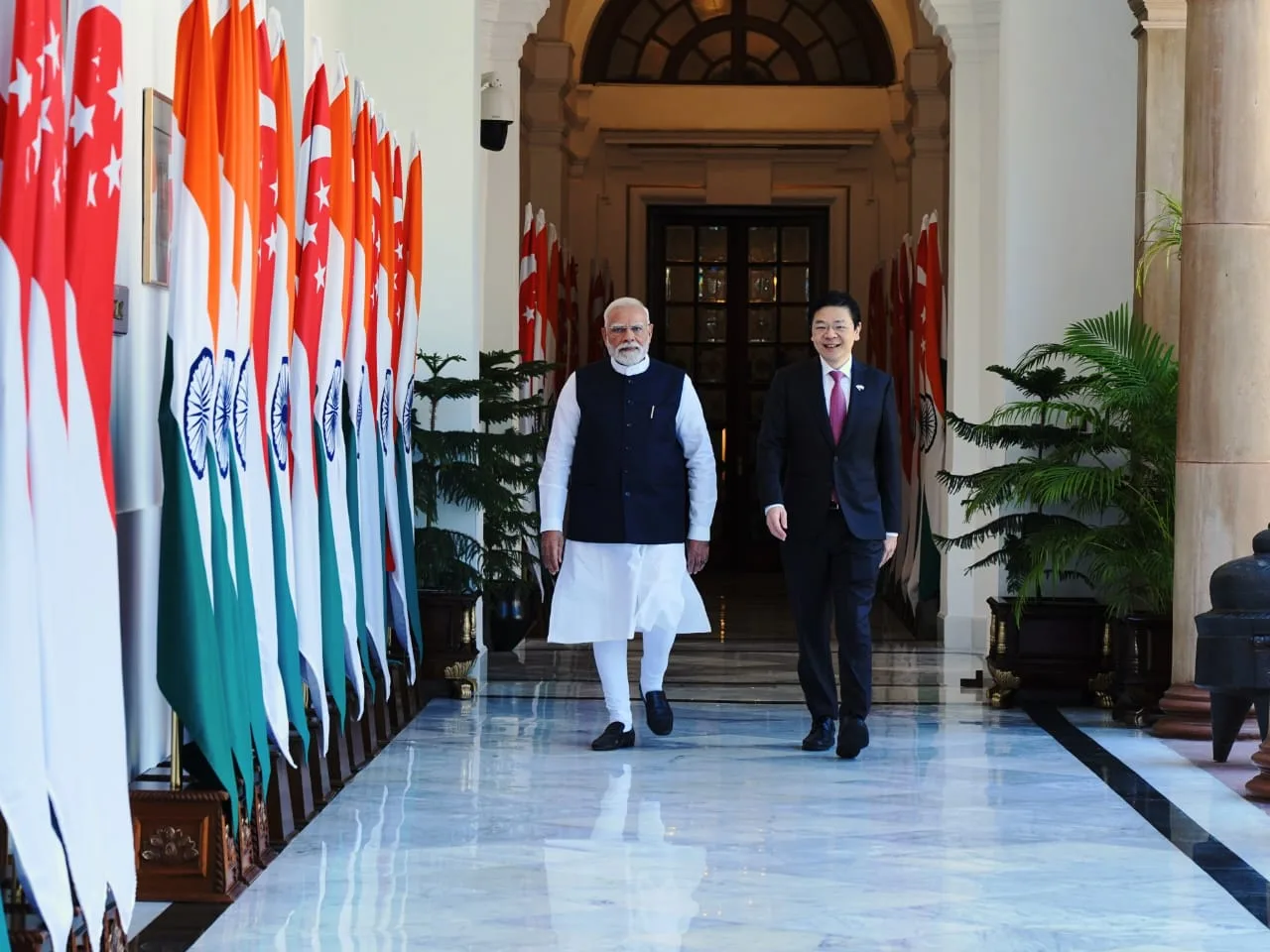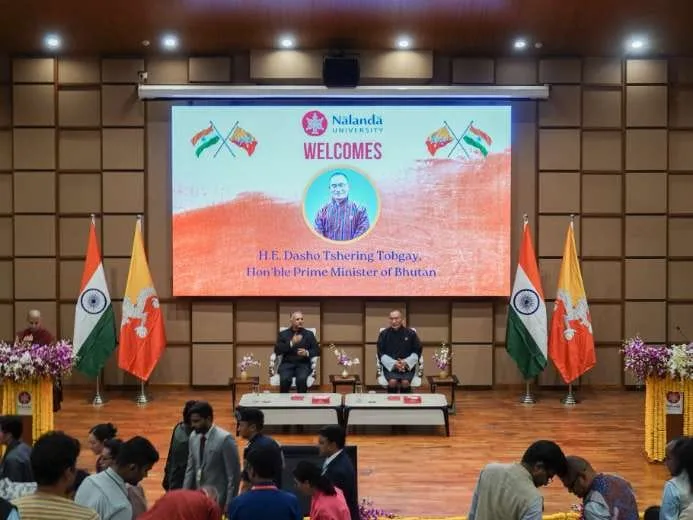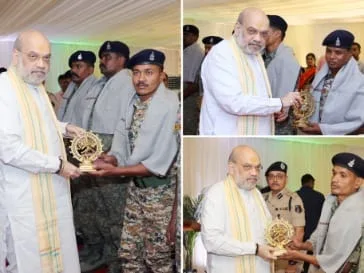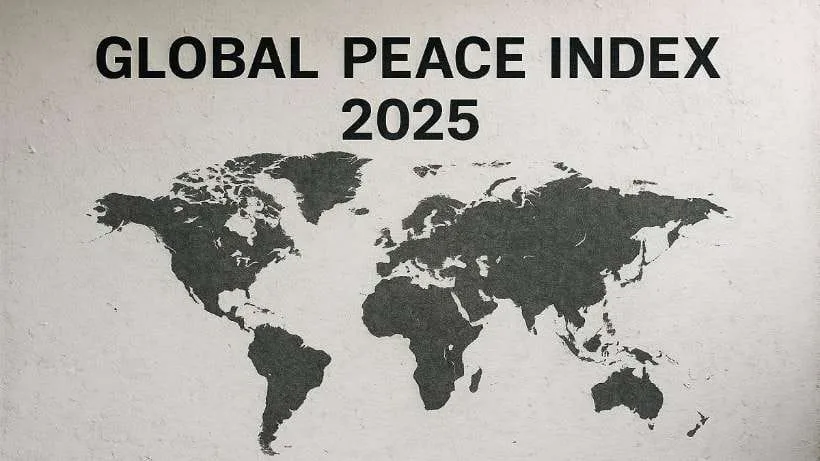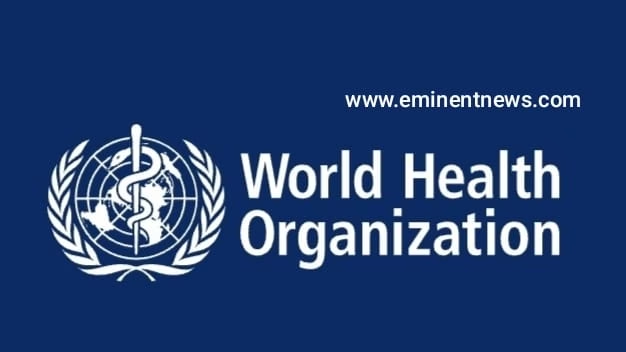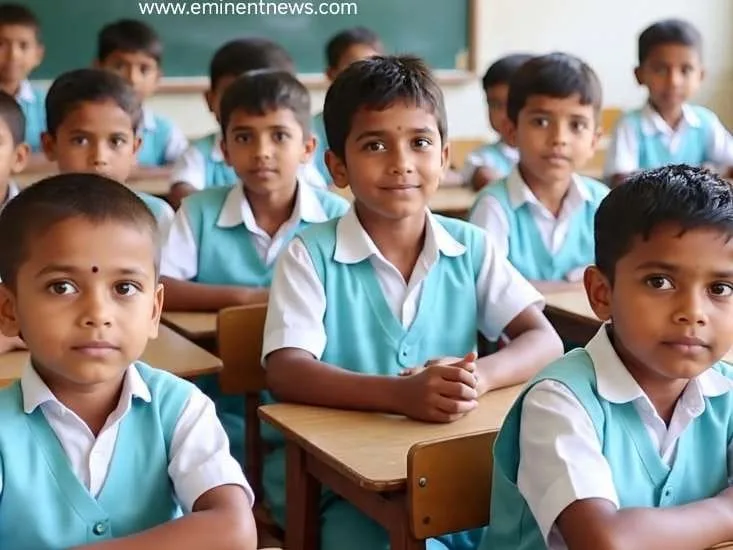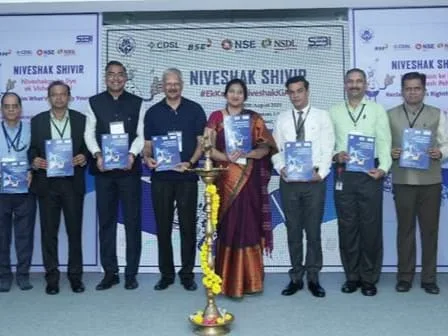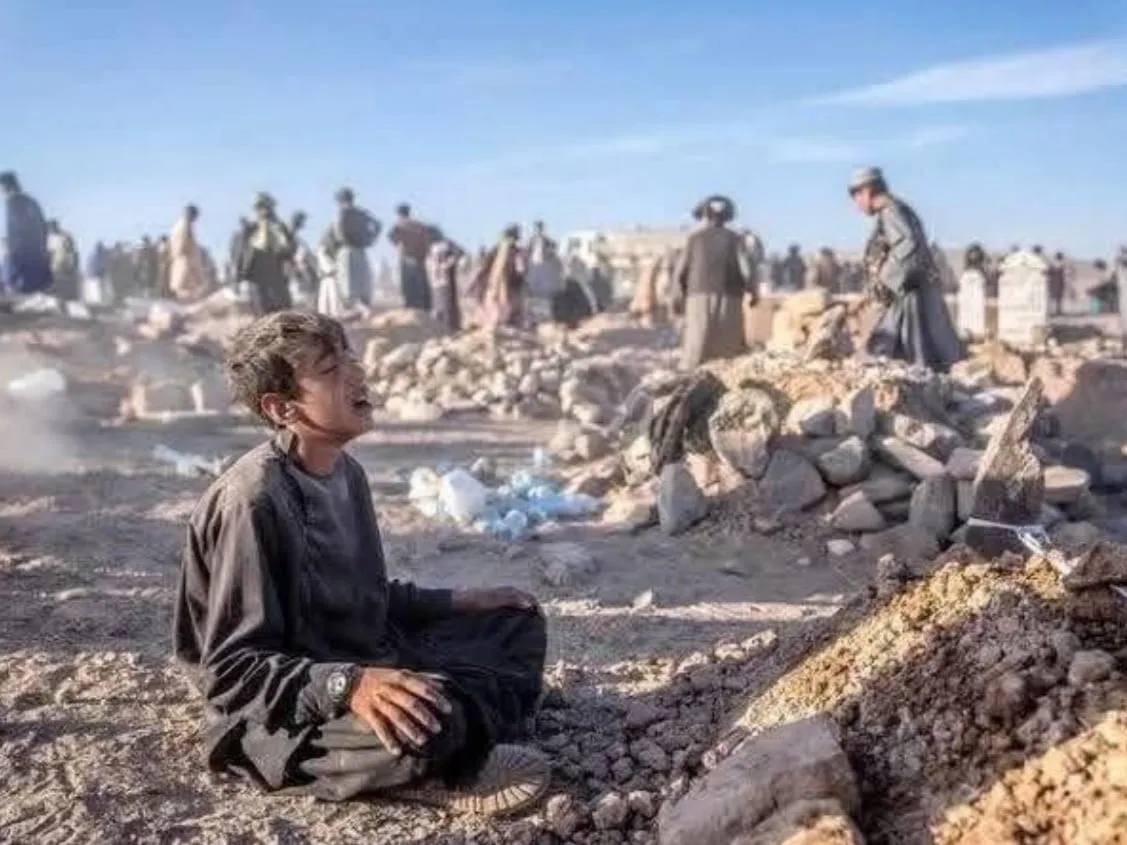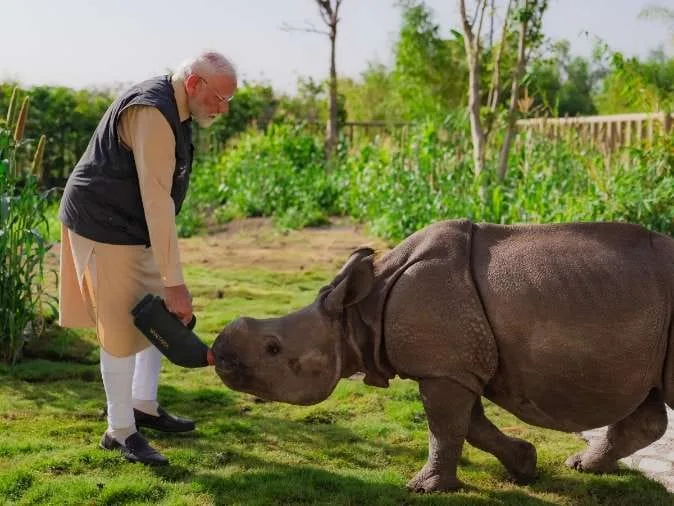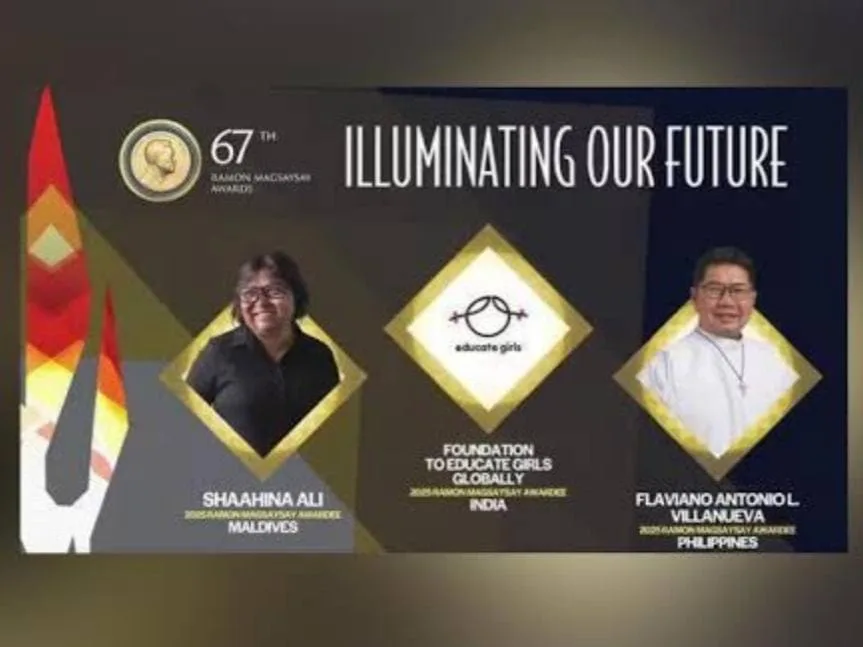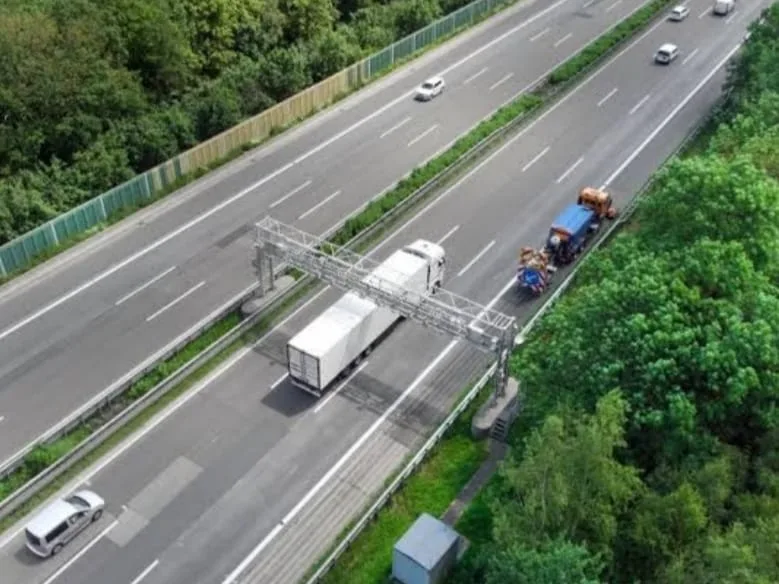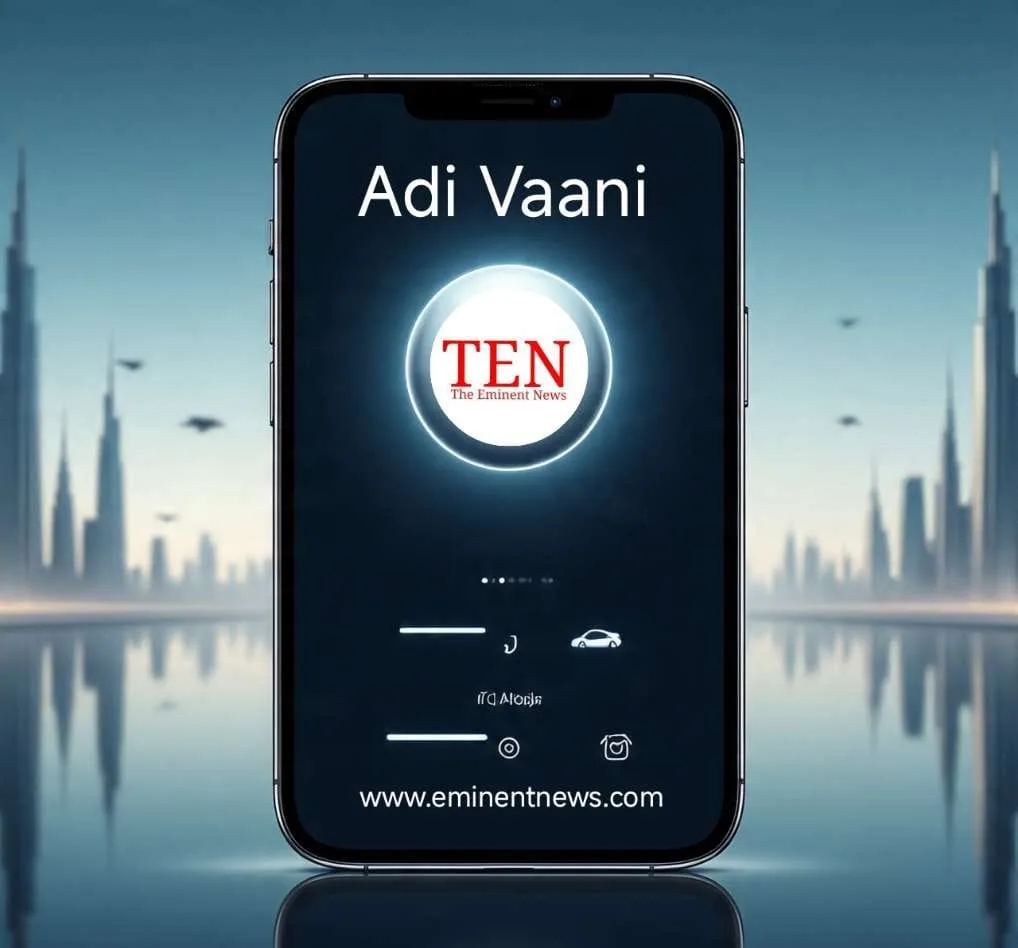Organ transplantation in India has seen significant progress over the past few decades…
..yet it faces substantial challenges in meeting the high demand for organs. India performs a large number of solid organ transplants annually, ranking among the highest globally after the US and China. However, its transplantation rate per million population (0.65) lags behind many high-income countries .
Current Landscape :
The most frequently transplanted organ in India is the kidney . Despite performing 11,243 kidney transplants, this number is insufficient to address the estimated 200,000 annual cases of renal failure . India also has a significant need for other organs, with an estimated demand of 200,000 kidneys, 49,000 hearts, and 47,000 livers each year . The high burden of chronic diseases like diabetes and hypertension contributes to the large number of patients requiring organ transplants .
Deceased vs. Living Donors:
While there has been an improvement in organ harvesting from deceased donors, with the average number of organs per donor increasing from 2.43 in 2016 to 3.05 in 2022, the majority of transplants are still carried out by the private healthcare sector, making them unaffordable for many . Live-related transplants continue to dominate kidney transplantations, while deceased donor (cadaveric) transplantation remains in its early stages . India performs the highest number of living donor kidney and liver transplants globally, but deceased donor transplants are comparatively few .
Challenges:
- Affordability and Accessibility: The high cost of transplants in the private sector makes them inaccessible to a large portion of the population .
- Suboptimal Deceased Donor Utilization: Factors like religious and cultural beliefs, coupled with healthcare system experiences, hinder deceased organ donation .
- Organ Trafficking: The gap between organ demand and donation rates contributes to unlawful operations .
- Legal and Regulatory Loopholes: Despite stringent regulations like the Transplantation of Human Organs Act (THOA) of 1994, which was last amended in 2014, incidents of illegal organ trafficking persist due to lengthy legal procedures and loopholes . THOA aimed to prevent commercialization of organs and legalized brain death .
- Inadequate Infrastructure: The majority of potential deceased donors are often motor vehicle accident victims who present at hospitals lacking the necessary infrastructure for deceased donation .
- Gender Disparity: There is a notable gender disparity, with more female donors and fewer female recipients, often attributed to patriarchal norms .
- Lack of Awareness: There is a need for increased public awareness regarding organ donation, especially deceased organ donation .
- Ethical Concerns: Incidents like the luring of individuals for kidney donation for money raise questions about medical tourism and ethical involvement of medical professionals .
Progress and Initiatives:
- India has established regulatory bodies under THOA to supervise the transplantation process .
- The government is actively promoting deceased donor kidney transplantation .
- Collaborations with neighboring countries, such as Bhutan receiving support from Thailand for kidney transplants, highlight regional efforts in critical care .
- Efforts are underway to promote prevention and early detection of chronic diseases to reduce the burden on organ transplantation services .
A Comprehensive Overview
Organ transplantation in India is governed by a robust legal framework and supported by a national organization, yet it faces significant challenges related to demand, ethical concerns, and public awareness.
Legal Framework: The Transplantation of Human Organs Act (THOA)
The primary legislation governing organ donation and transplantation in India is the Transplantation of Human Organs Act (THOA) of 1994, which was subsequently amended in 2011 and its rules redefined in 2014 . This act was enacted to regulate organ donation and transplantation activities, prevent commercial dealings in organs, and legalize brain death .
Key provisions of THOA include:
- Definition of Brain Death: THOA defines brain death as the permanent cessation of all brainstem functions, enabling organ retrieval from deceased donors , . This is a crucial aspect for increasing the deceased donor pool.
- Regulation of Living and Deceased Donation: The act allows for both living and deceased organ donation. Living donation is permitted from “near relatives” (mother, father, brothers, sisters, son, daughter, spouse, and recently, grandparents), with stringent proofs of relationship required. For donations from non-relatives, special permission from an Authorization Committee (AC) is mandatory to ensure altruism and prevent commercial transactions .
- Authorization Committees (AC) and Appropriate Authorities (AA): THOA mandates the establishment of ACs to approve or reject transplant requests, particularly for non-related donors, and AAs to regulate organ removal, storage, and transplantation. Hospitals performing transplants must be licensed by the AA .
- Prohibition of Organ Commerce: The act makes the sale of organs a punishable offense to curb illegal organ trafficking and exploitation .
National Organ and Tissue Transplant Organization (NOTTO)
Established under the Ministry of Health & Family Welfare, Government of India, the National Organ and Tissue Transplant Organization (NOTTO) plays a pivotal role in promoting and coordinating organ donation and transplantation activities across the country , , . NOTTO maintains a national registry for organ and tissue donation and transplantation . It also develops guidelines, standards, and training programs for transplant professionals .
Types of Organ Donation
- Living Organ Donation: This involves a living person donating an organ or part of an organ, most commonly a kidney or a portion of the liver , . India has a high rate of living donor transplants, particularly for kidneys .
- Deceased Organ Donation (Cadaveric Donation): This occurs when organs are retrieved from a person who has been declared brain dead. Brain death is a legal and medical condition where the brain has irreversibly lost all function, while the heart and other vital organs may still be functioning with the aid of life support , . Promoting deceased organ donation is a major focus, as it can address the severe organ shortage for various organs like heart, lungs, and pancreas , .
Key Processes in Organ Transplantation
- Organ Retrieval: This is the surgical procedure to remove organs from a deceased or living donor. For deceased donors, it occurs after brain death has been declared and consent obtained .
- Organ Preservation: After retrieval, organs are preserved using specialized solutions and techniques to maintain their viability until transplantation. Strict criteria are in place for the preservation and transportation of organs .
- Organ Allocation: NOTTO and regional/state organizations manage organ allocation based on factors such as medical urgency, waiting list, and compatibility, aiming for fair and equitable distribution .
- Organ Transplantation: The surgical procedure to implant a donated organ into a recipient.
Challenges and Ethical Issues
Despite the legal framework and organizational efforts, several challenges persist:
- Organ Shortage: The demand for organs far outstrips the supply, leading to long waiting lists . The deceased organ donation rate in India is still very low , .
- Transplant Tourism and Commercialism: The disparity between organ demand and supply, coupled with poverty, has historically fueled illegal organ commerce and “transplant tourism,” where patients travel to other countries for transplants, often involving unethical practices . THOA aims to combat this by making commercial dealings punishable offenses .
- Ethical Concerns in Living Donation: While THOA aims to prevent exploitation, instances of individuals being lured into selling organs for financial gain have been reported, raising ethical questions about consent and true altruism . There is a noted gender disparity in living donation, with more women donating, often due to societal pressures .
- Lack of Awareness and Sociocultural Barriers: Public awareness about brain death and organ donation is still limited, and sociocultural beliefs can act as barriers to donation .
- Legal Clarity on Brain Death: While brain death is legally recognized, there are ongoing discussions about standardizing its declaration and ensuring legal protection for medical professionals involved .
Moving Forward:
To enhance organ donation and transplantation in India, continuous efforts are needed to increase public awareness, streamline the deceased donor program, address ethical concerns, and ensure strict implementation of the existing laws to prevent commercialization and exploitation , , .
To further improve organ transplantation in India, bold policy changes are needed, including establishing a national organization for deceased donor services, funding resources for deceased donation, and ensuring government policy on funding for post-transplant care and immunosuppression . for health & disease post click here www.eminentnews.com


